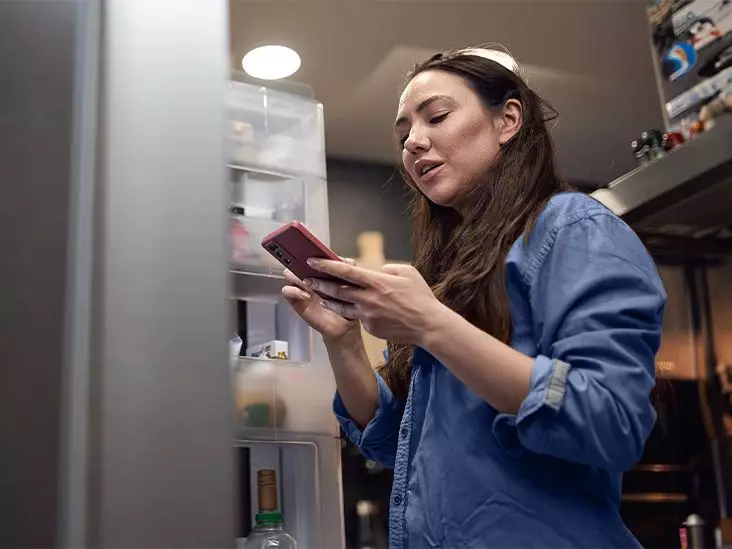Xolair (omalizumab) is a medication that plays a critical role in the management of certain allergic conditions, such as asthma and chronic idiopathic urticaria. While understanding its applications is vital, adhering to proper storage protocols is equally crucial to maintaining its efficacy. This article delves into best practices for storing Xolair, considerations for travelers, and the importance of following the guidelines laid out by healthcare professionals.
Xolair must be stored under specific conditions to ensure its effectiveness and safety. Primarily, it should be kept refrigerated at temperatures ranging from 36°F to 46°F (2°C to 8°C). Keeping Xolair in the original carton is highly recommended, as it provides protection from light, which can potentially degrade its components. It is also critical to avoid exposing Xolair to direct sunlight to maintain its integrity.
Both forms of Xolair—a prefilled auto-injector and a prefilled syringe—share identical refrigeration and handling requirements. Your healthcare provider will prescribe the one that best suits your needs based on factors such as age and treatment plan.
When preparing to use Xolair, it is ideal to remove it from refrigeration approximately 30 to 45 minutes before administration. This gradual warming allows the medication to reach room temperature, which ranges from 68°F to 77°F (20°C to 25°C); this makes the injection process more comfortable. However, if the medication remains unused after this duration, it can be returned to the refrigerator as long as it hasn’t been exposed to temperatures above 77°F (25°C).
It’s essential to monitor the total time Xolair spends outside of refrigeration. The cumulative time it can be out of the fridge should not surpass two days. If Xolair has been out of refrigeration for longer than this period or has been exposed to high temperatures, it must be disposed of properly.
Adhering to temperature guidelines isn’t just a matter of convenience; failing to do so can compromise the medication’s efficacy. If Xolair is accidentally left out in warmer conditions, return it to the refrigerator immediately if it has not been out of the designated temperature range for more than 2 days. Since freezing should be strictly avoided, if you notice that Xolair has been frozen, it must be discarded without use as it may have become ineffective or potentially harmful.
Traveling while managing a medical condition that requires timely administration of medication can present unique challenges. For instances where you are traveling for two weeks or less, it may be unnecessary to bring along your Xolair. However, for longer trips, you must take precautions to ensure proper storage.
One effective strategy is to keep Xolair in its original carton to protect it from light exposure. Additionally, carrying a copy of your prescription can help clarify your needs to any officials you may encounter during your journey. To maintain correct storage temperatures while on the move, consider using an insulated container that can keep the medication cool.
When flying, you should inform Transportation Security Administration (TSA) personnel about your need for medically necessary liquids. Placing your medication in a separate bin allows for a smoother screening process. If you have gel packs or cold packs, be prepared to explain their purpose, ensuring that your Xolair remains within its safe temperature range.
The responsibility of managing Xolair extends beyond simply administering it; patients must be diligent about proper storage and handling to ensure its effectiveness. Xolair users should never compromise the storage guidelines established by their healthcare provider or outlined in the patient information pamphlets. Discard any medication that does not meet these criteria, as this can lead to serious health risks.
Understanding how to properly store and handle Xolair is vital for anyone relying on this medication. Adhering to cooling storage requirements, timing of injections, and strategizing for travel are all necessary steps for effective treatment management. Always consult your healthcare provider or pharmacist with questions, as they can provide guidance tailored to your unique situation.

